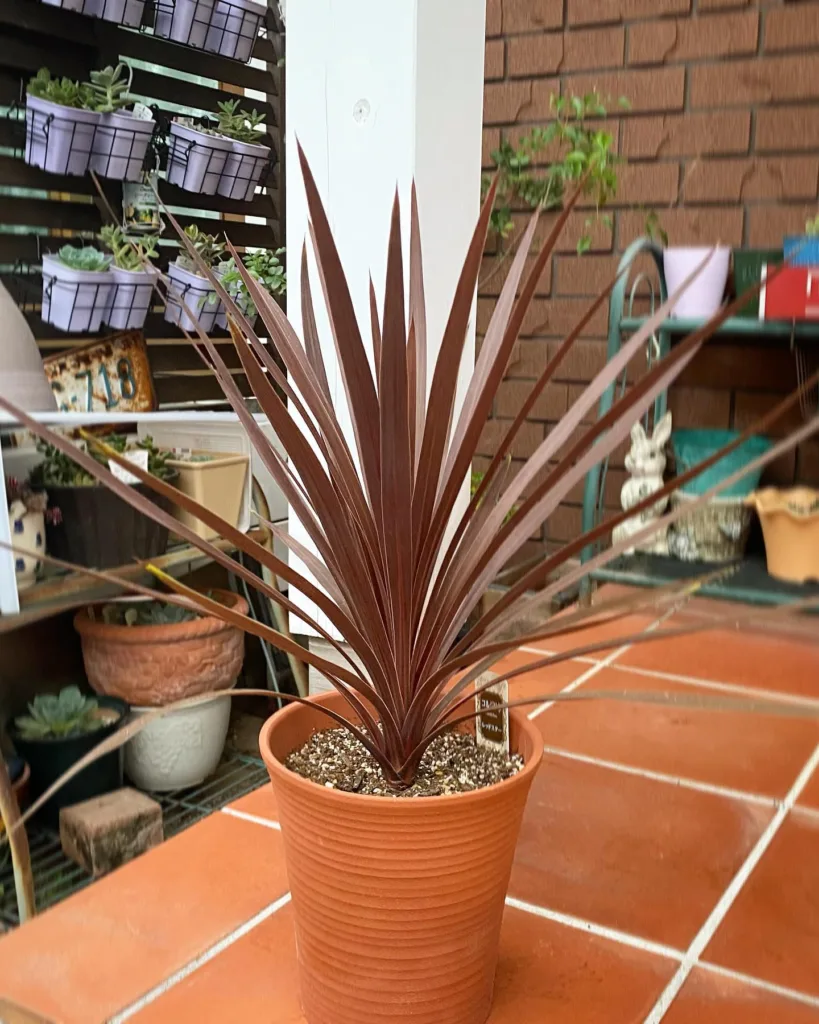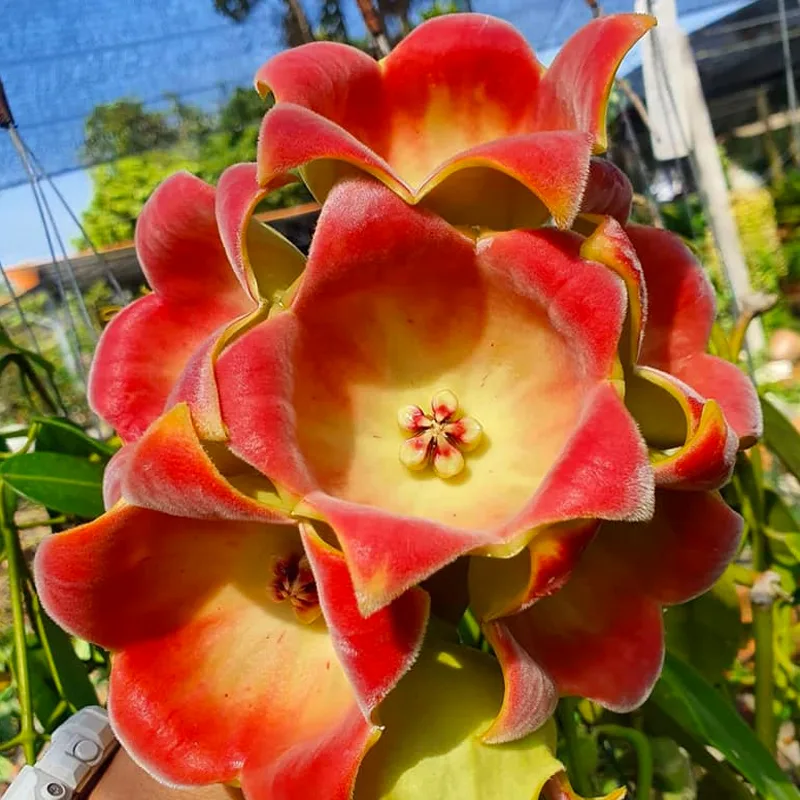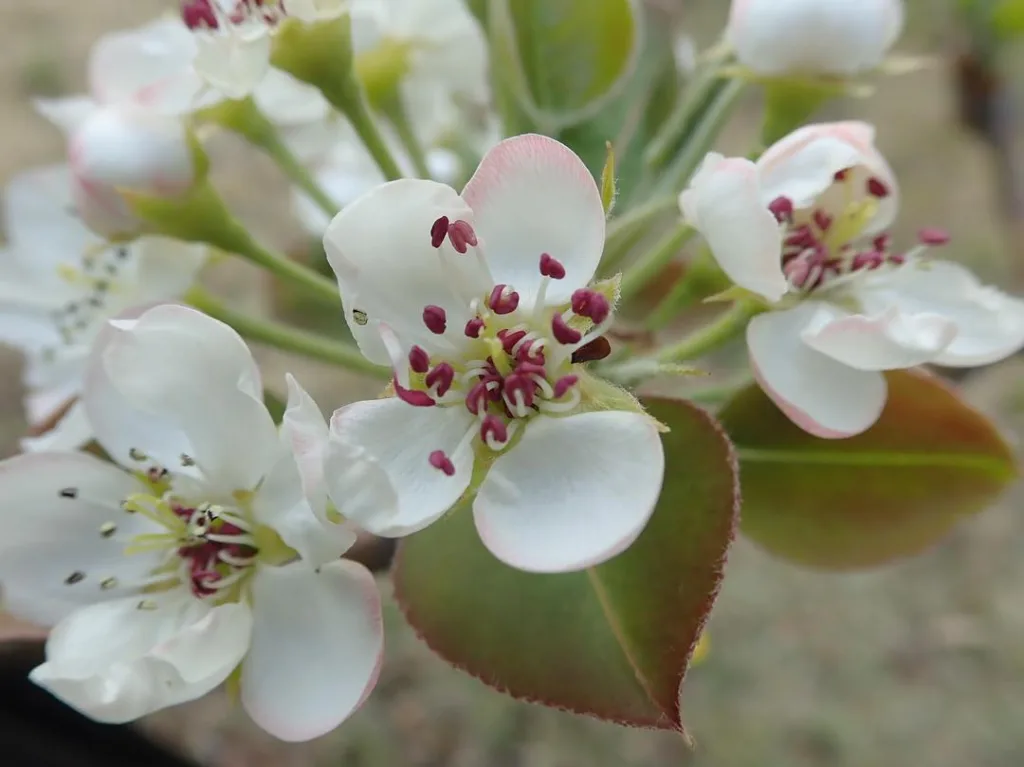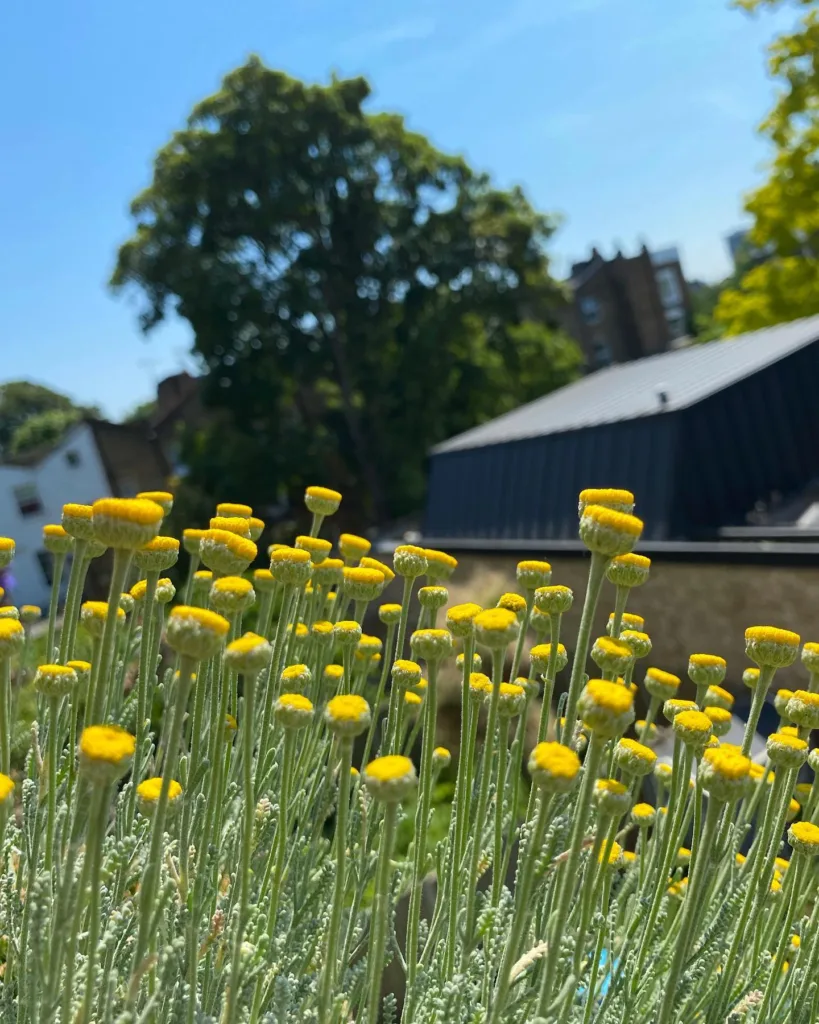What Is Ilex Pedunculosa?
Ilex Pedunculosa, also known as the Pedunculate Holly, is a distinctive evergreen shrub or small tree native to China and Japan. This species stands out for its glossy, dark green leaves and its attractive red berries. What makes it particularly interesting is its pedunculated berries—meaning they grow on a stalk rather than directly on the stem, giving the plant a unique aesthetic.
Plant Family: Aquifoliaceae – 569 Species in Genus Ilex – Holly Tree
How to Care for Ilex Pedunculosa?
Caring for Ilex Pedunculosa requires a bit of attention to its specific needs:
- Light Requirements: It thrives best in full sun to partial shade. Ideally, it should receive at least four to six hours of direct sunlight daily to ensure robust growth and berry production.
- Soil Conditions: This holly prefers well-drained, acidic to neutral soil. A mix of loamy soil with good organic matter is ideal. Ensure that the soil remains moist but not waterlogged.
- Watering: Regular watering is crucial, especially during dry spells. However, avoid overwatering as it can lead to root rot.
- Fertilization: Feed your Ilex Pedunculosa with a balanced fertilizer in early spring and again in mid-summer. This helps support healthy growth and vibrant berries.
- Pruning: Prune the plant to maintain its shape and remove any dead or diseased wood. The best time to prune is in late winter or early spring before new growth starts.
How to Propagate Ilex Pedunculosa?
Propagating Ilex Pedunculosa can be achieved through several methods:
- Seed Propagation: Collect seeds from ripe berries in late fall or early winter. Clean the seeds and stratify them by placing them in a damp, cold environment for several months. Sow them in a well-drained seed-starting mix and keep them moist. Germination can be slow, often taking several months.
- Cuttings: You can also propagate through semi-hardwood cuttings taken in late summer. Use a rooting hormone to enhance the chances of successful rooting. Place the cuttings in a well-drained potting mix and keep them in a humid environment until roots develop.
What to Plant With Ilex Pedunculosa?
Pairing Ilex Pedunculosa with complementary plants can enhance its beauty and create a harmonious garden:
- Evergreens: Combine it with other evergreen plants like Boxwood or Japanese Holly for year-round greenery and texture contrast.
- Shade Plants: Planting it alongside shade-loving plants like Ferns or Hostas can create a lush, diverse landscape.
- Flowering Shrubs: For seasonal color, consider pairing it with flowering shrubs such as Hydrangeas or Azaleas. The holly’s evergreen foliage provides a contrasting backdrop to the vibrant blooms.
Is Ilex Pedunculosa Toxic?
Ilex Pedunculosa, like many holly species, contains toxic compounds that can be harmful if ingested. The berries and leaves should be kept away from pets and small children. While occasional ingestion of berries may cause mild gastrointestinal discomfort, larger quantities can be more serious. Always consult a medical professional if ingestion occurs.
Benefits of Ilex Pedunculosa
Ilex Pedunculosa offers several benefits for gardeners:
- Aesthetic Appeal: Its glossy foliage and bright red berries provide year-round interest in the garden. The plant’s structure and color make it a striking focal point.
- Wildlife Friendly: The berries attract various bird species, providing a valuable food source during the winter months.
- Privacy Screen: Its dense growth can be utilized as a natural privacy screen or hedge, making it a functional addition to your landscape design.
Common Problems with Ilex Pedunculosa
While generally hardy, Ilex Pedunculosa can encounter a few issues:
- Pests: Watch out for common pests like scale insects or spider mites. Regular inspection and appropriate treatments can manage these problems.
- Diseases: Root rot and leaf spot can be issues, especially in poorly drained soils. Ensure proper watering practices and avoid overhead watering to reduce the risk of fungal infections.
- Berry Drop: In some cases, the plant may drop its berries prematurely. This can be due to stress factors such as drought or improper fertilization.
Compare with Other Similar Plants
When comparing Ilex Pedunculosa with other holly species, such as Ilex Crenata or Ilex Aquifolium, here are a few key differences:
- Ilex Crenata (Japanese Holly): It features smaller, more rounded leaves and tends to be less spiny than Ilex Pedunculosa. It is often used as a low hedge or topiary plant.
- Ilex Aquifolium (English Holly): This species has spiny, glossy leaves and red berries similar to Ilex Pedunculosa but typically grows larger and has a more aggressive growth habit.
- Ilex Opaca (American Holly): Known for its broader leaves and larger berries, Ilex Opaca offers a different aesthetic and may be more suitable for larger landscapes.
Understanding these differences can help you choose the right holly for your garden’s needs.
Final Thoughts
Ilex Pedunculosa is a versatile and visually striking plant that can enhance any garden with its unique berries and evergreen foliage. By providing the right care, addressing common issues, and choosing complementary plants, you can enjoy its beauty and benefits throughout the year. Whether you’re adding it for its decorative appeal or its role in attracting wildlife, this holly species proves to be a valuable addition to any landscape.
If i die, water my plants!



